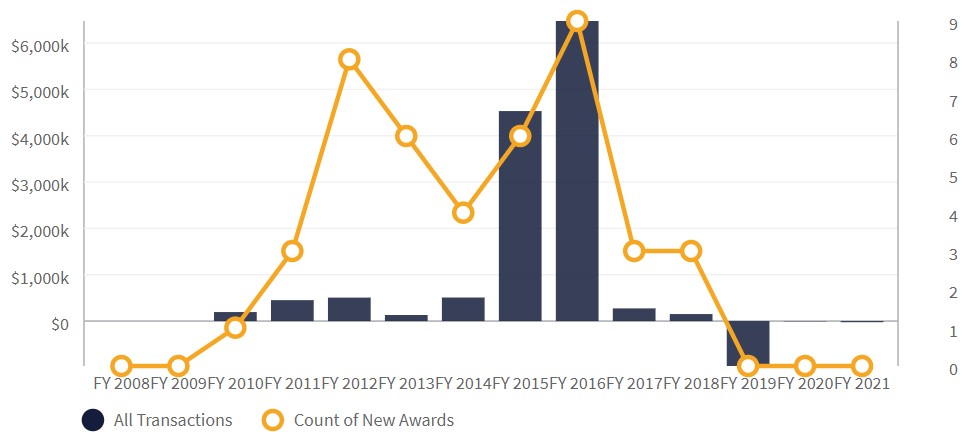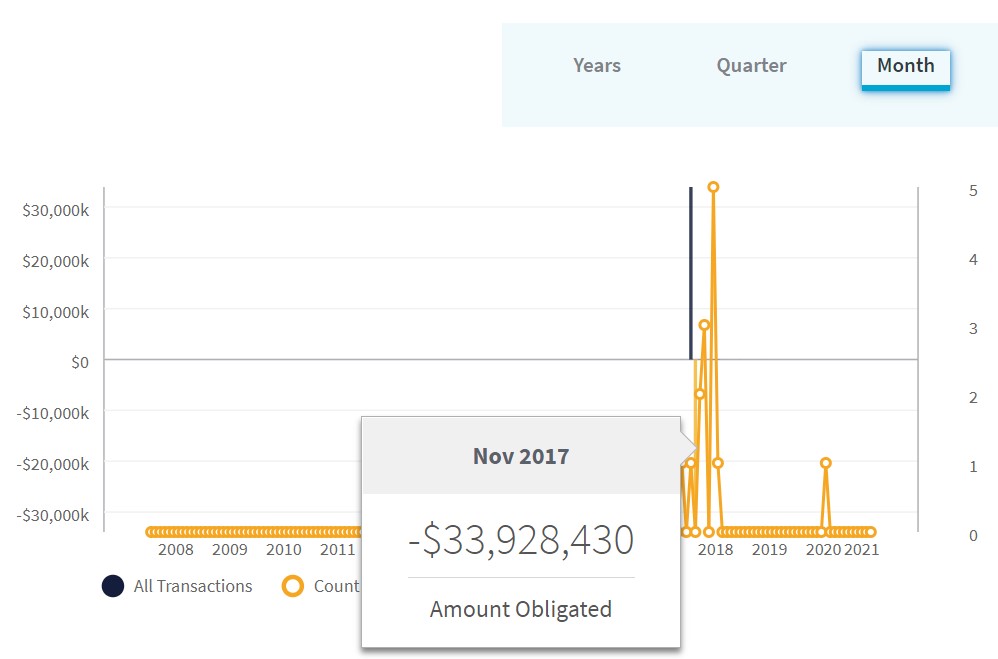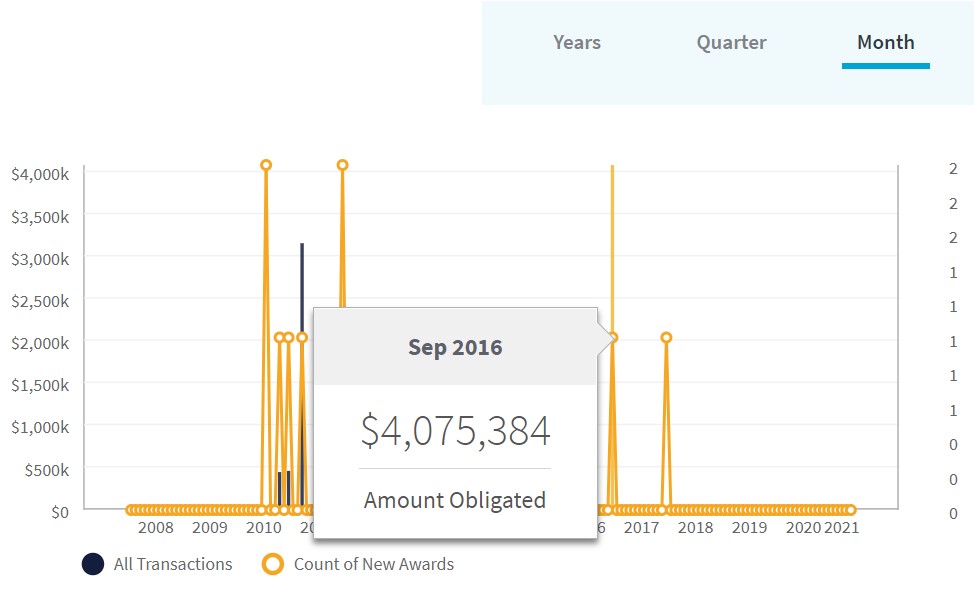As Government Contractors go through the bid/no-bid decision process, organizational stakeholders analyze, measure, and weigh critical factors to determine if a winning strategy can be formulated and executed. One of the most significant factors to consider is the incumbent profile. Established incumbents performing on an existing contract are often believed to have the upper hand in the federal procurement game. An established incumbent brings institutional knowledge, existing federal stakeholder relationships, experienced on-site personnel, and leadership buy-in – all presumably resulting in a lower risk transition to the federal customer.
But what about re-compete opportunities where the incumbent is, quite frankly, failing? Unseating an incumbent with poor performance is an ideal scenario for any Government Contracting growth and business development professional, but typically this is only identified through the rumor mill. Contractor Performance Assessment Reporting System (CPARS) is source selection sensitive (meaning it is off-limits to Government Contractors) and getting Contracting Officers to spill on their experiences is a pipedream.
So how do you pick up on data signals that a federal customer is looking to replace their current contractor?




